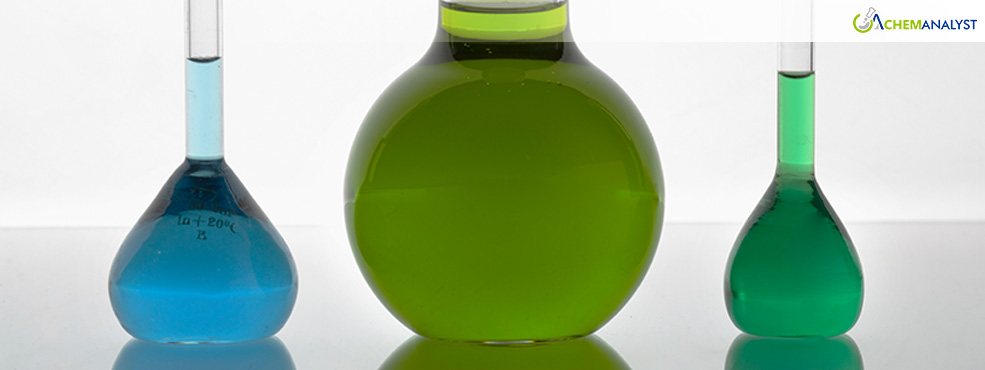Glycerine Markets Face Unprecedented Price Surge in January 2025
- 31-Jan-2025 3:59 PM
- Journalist: Philip Freneau
Global markets are experiencing a dramatic surge in Glycerine prices this January, as multiple factors converge to create unprecedented pressure on supply chains and production costs. Industry analysts report that Glycerine, the versatile chemical compound essential to pharmaceuticals, cosmetics, and food production, has seen price increases in key markets.
The surge in Glycerine prices stems primarily from disruptions in palm oil production, the primary raw material for Glycerine manufacturing. Indonesia and Malaysia, the world's largest producers, face significant challenges as palm oil markets show concerning weakness in early January. Manufacturers report that Glycerine production costs have escalated dramatically due to these raw material constraints.
The biofuel sector's expanding influence has emerged as a crucial factor in the Glycerine market's current state. Stricter biofuel mandates in Indonesia and Malaysia have redirected substantial crude palm oil supplies toward biodiesel production, further constraining availability. This reallocation of resources has created additional upward pressure on prices in international markets.
Pharmaceutical companies, major consumers of pharmaceutical-grade Glycerine, report facing significantly higher procurement costs. The cosmetics industry, another major consumer, is grappling with similar challenges as manufacturers struggle to maintain production levels while managing escalating raw material costs.
Adding to the complexity, shipping costs for Glycerine transportation have increased substantially. Current freight rates from China to the USA range from $3,800 to $5,100 for a 20-foot container, while 40-foot containers command prices between $4,700 and $6,200. These elevated shipping costs further compound the pressure on Glycerine prices in importing nations.
The approaching Chinese Spring Festival is expected to exacerbate the situation, as production facilities prepare for temporary closures. Industry experts predict that supplies may face additional constraints during this period, potentially driving prices even higher in late January and early February.
Global geopolitical tensions have introduced another layer of complexity to the Glycerine market dynamics. Ongoing international conflicts have contributed to increased crude oil prices, directly impacting production costs. The situation is further complicated by persistent labor shortages and fertilizer constraints stemming from the Ukraine conflict.
Environmental factors are also playing a crucial role, as potential El Niño impacts threaten to disrupt palm oil cultivation. These weather-related concerns have prompted Glycerine producers to adjust their production forecasts, leading to more conservative supply projections and higher prices.
Market analysts predict that current Glycerine price pressures are unlikely to ease in the immediate future. The complex interplay between palm oil markets, biofuel production, and global economic conditions suggests a continued challenging environment for Glycerine procurement throughout early 2025.
As industries worldwide continue to rely heavily on Glycerine for various applications, manufacturers are advised to reassess their procurement strategies. The market's current volatility emphasizes the need for robust supply chain management and potentially alternative sourcing strategies to navigate this period of unprecedented price increases in the Glycerine market.



